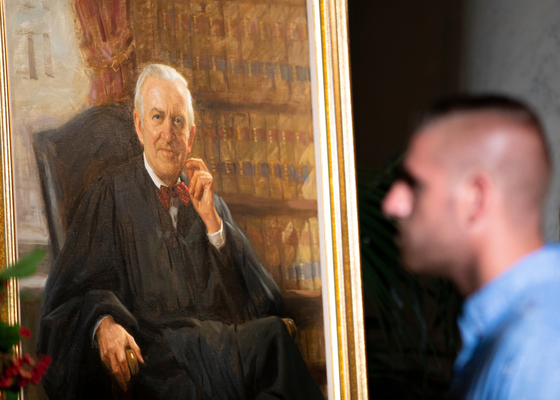Former Supreme Court Justice John Paul Stevens passed away last week after serving on the court for 35 years. He is known for writing the majority opinions in several landmark cases as well as several well-known dissents.
But as Convention of States Senior Advisor Prof. Rob Natelson explained in a recent article, his greatest legacy came long before he was sworn in to the highest court in the land.
John Paul Stevens’ greatest legacy was not his service on the Supreme Court or his post-retirement commentary. It was his decision in Dyer v. Blair, a case that arose while he was still a judge on the U.S. court of appeals.
Stevens wrote the opinion in 1975 for a three-judge district court panel. His opinion was one of the most important ever issued on Article V of the Constitution—that is, on the constitutional amendment process.
Natelson goes on to describe how Stevens clarified several crucial points of the Article V process relating to how amendments are ratified and what role the courts can play. He concludes:
Stevens’ landmark decision in Dyer v. Blair did not alter constitutional amendment law, but it clarified some very important points. First, Stevens confirmed that most amendment law derives directly from the Constitution, and state and congressional enactments may not change it. Second, he showed how we deduce governing rules from the constitutional text and from historical practice. Third, he confirmed that legislatures and conventions operating under Article V may fix their own procedural rules. Finally, he told us that unless the Constitution’s words tell us differently—or an assembly then operating under Article V temporarily changes the standard—then amendment decisions are made by a majority of those present and voting.
By clarifying constitutional amendment law, Stevens made it more accessible to citizens who now seek to use it to cure our dysfunctional federal government.
The way has been paved for We the People to call the first-ever Article V Convention of States. It started with George Mason, who first introduced the Convention of States option at the Constitutional Convention. The Founders unanimously agreed to his revision, and the states held several inter-state conventions since the Constitution was ratified.The courts have clarified several points of contention, and we know the remainder of the rules based on these historical conventions.
Now it's up to us. A Convention of States can propose constitutional amendments that get our nation back on track by limiting the power of the federal government, mandating fiscally responsible policies in Congress, and imposing term limits on federal officials. It's the solution the Founders would have wanted us to use, and it's high time we followed their advice.






